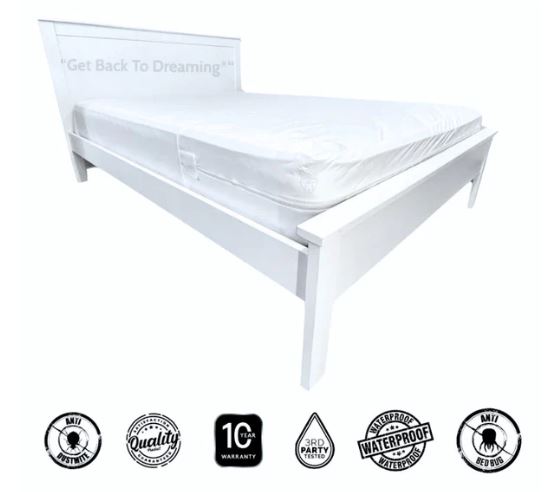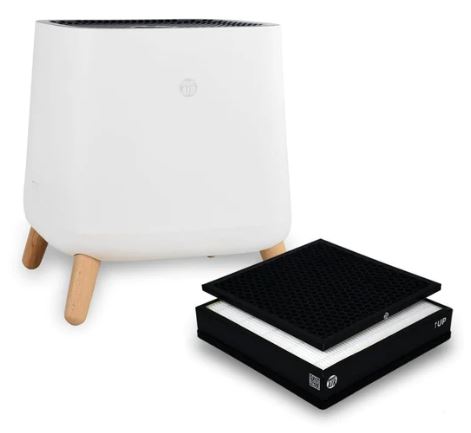Could dust mite allergy be at the root of your eczema symptoms?
Posted by Agnese Middleton - Founder, Dust Mite Allergy Solutions on 23rd Jan 2024
 For people with sensitive skin, like eczema, dust mites can make things worse, leading to itchier and more irritated skin.
For people with sensitive skin, like eczema, dust mites can make things worse, leading to itchier and more irritated skin.
The Australasian Society of Clinical Immunology and Allergy reports that dust mites, prevalent in most homes, can lead to allergies in about 20% of the population. Additionally, a significant association exists between dust mites and eczema, with up to a third of eczema sufferers who are allergic to dust mites experiencing worsened symptoms upon exposure to dust (NCBI).
If you suspect that your eczema might be affected by dust mite allergy, keep an eye on whether your skin gets itchier or more irritated in dusty places. In particular, if your eczema symptoms flare up in environments with old carpets and heavy curtains or upholstered furniture that could contain dust mites.
If dust mite allergy is at the root cause of your skin irritation, you might experience other classic allergy symptoms, like sneezing, runny nose, in some cases even asthma alongside eczema.
Dust mites are tiny bugs that live in house dust. They're so small you can't see them without a microscope. Contrary to a popular belief, dust mites do not bite. We’re often allergic to them because our bodies react to the protein found in their waste and body parts, which are found in the dust they live in. When we breathe in this dust or it touches our skin, our immune system sees it as a threat and can react, causing allergy symptoms like sneezing, a runny nose, or itchy skin.
If you suspect that dust mites are the culprits of your eczema challenges, the best way is to see a doctor who can test for dust mite allergies. An allergist can perform tests, like a skin prick test or a blood test, to confirm if you're allergic to dust mites.
Additionally, there are more steps you can take to lessen the amount of dust mite allergens in your home, which in turn can help reduce allergy symptoms.

Get dust mite mattress, pillow and duvet protectors
Dust mite allergies can trigger or worsen eczema, particularly in environments like our beds that are warm and inviting to dust mites. Considering we spend a considerable amount of time in bed, it's important to minimise exposure to these allergens. Implementing barriers, such as dust mite-proof mattress, pillow and duvet protectors, can be an effective strategy. This approach helps to shield your skin from direct allergen contact.
Control Indoor Humidity
Dust mites thrive in warm temperatures, around 20 - 25C and humidity above 50%. If you keep humidity levels below 50%, you will hinder dust mite proliferation in your home.

Air purifier with HEPA filter
An air purifier can help with dust mite allergies by reducing the number of allergens in the air. Dust mites and their waste, which are common triggers for allergies, can become airborne and exacerbate symptoms. Air purifiers with HEPA filters are particularly effective, as they can capture fine particles, including dust mite allergens.
Regular Cleaning
Vacuum regularly with a HEPA filter vacuum. Damp-wipe surfaces to reduce dust. Focus on areas like HVAC filters, fan blades and other places where dust is disturbed and distributed when moved. Wear a face mask while cleaning to minimise exposure and inhalation of dust particles.

